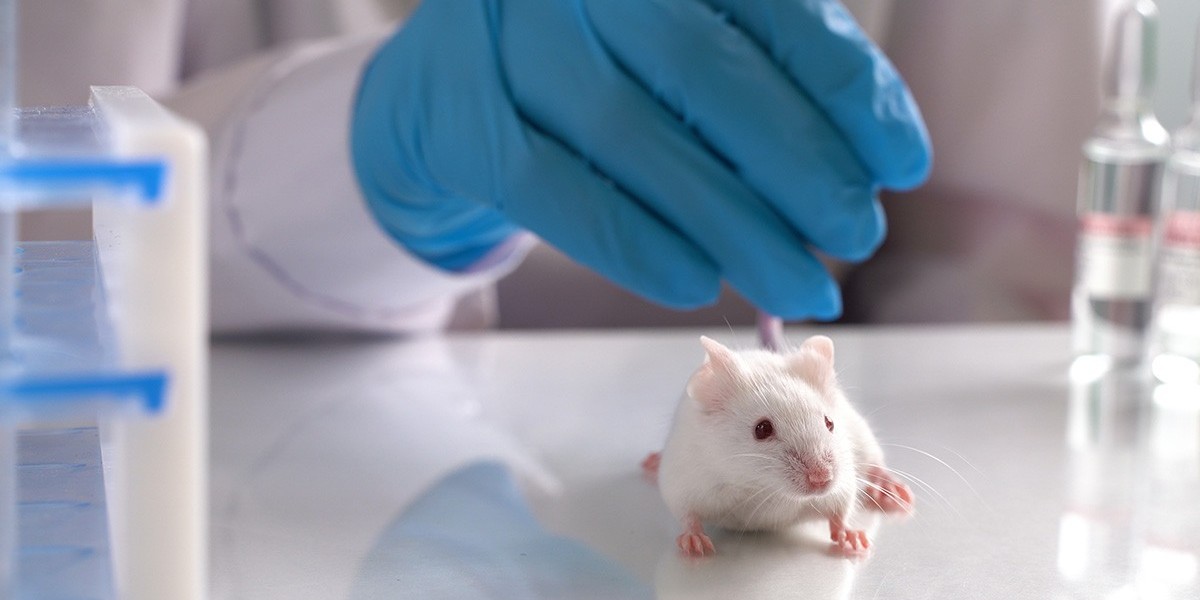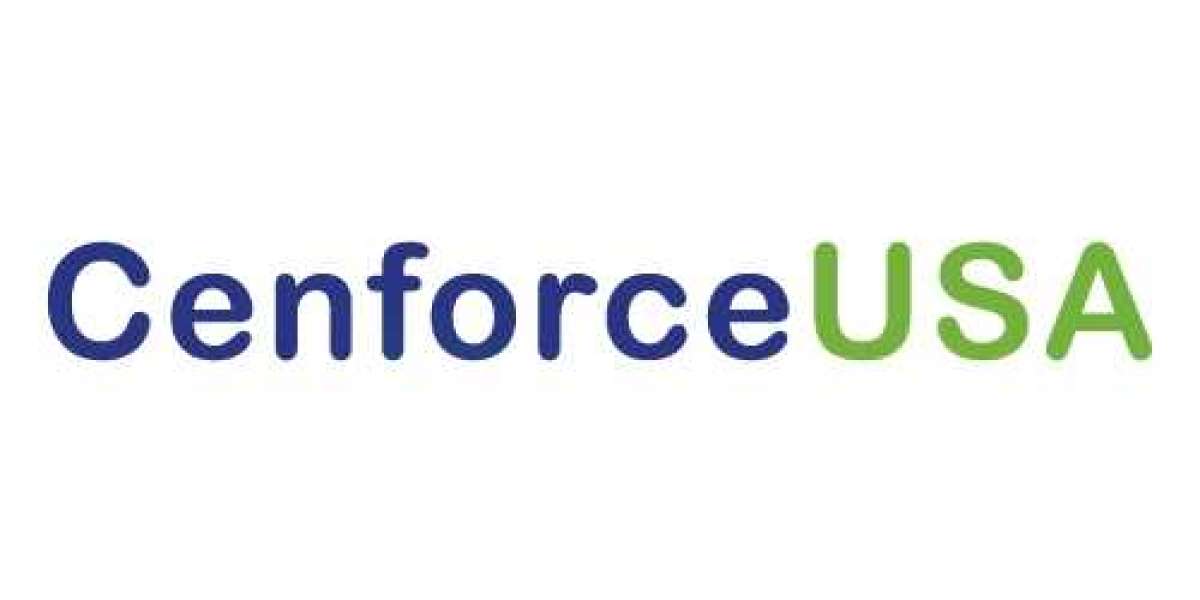Introduction:
In the ever-evolving field of medicine, the quest for personalized treatments has gained significant momentum in recent years. Each individual possesses a unique genetic makeup and responds differently to various therapies. To bridge this gap, researchers have turned to animal models to develop a deeper understanding of disease mechanisms and test potential treatments. Among these models, the Patient-Derived Xenograft (PDX) mouse model has emerged as a powerful tool, enabling scientists to personalize medicine and pave the way for more effective treatments tailored to individual patients.
In this blog, we will delve into the concept of PDX mouse models and explore how they contribute to the advancement of personalized medicine.
I. Understanding PDX Mouse Models:
Patient-Derived Xenograft (PDX) models involve implanting human tumor tissues into immune-deficient mice, allowing for the growth and study of human tumors in a living organism. This technique enables researchers to mimic the complex biological characteristics of tumors and provides a reliable platform for studying disease progression, identifying potential therapeutic targets, and testing novel treatment approaches.
A. Generating PDX Models:
The process of creating PDX models begins with the collection of patient tumor samples, typically obtained through biopsies or surgical resections. These tumor samples are then subcutaneously or orthotopically implanted into immune-compromised mice. The implanted tumors grow and maintain the biological and genetic features of the original patient's tumor, forming PDX models.
B. Retaining Tumor Heterogeneity:
One of the significant advantages of PDX models is their ability to preserve the molecular and genetic diversity found within tumors. Unlike traditional cell line-based models, which may lose this heterogeneity over time, PDX models retain the complex tumor ecosystem, including the presence of cancer stem cells, stromal cells, and immune cells. This heterogeneity closely mimics the tumor microenvironment in patients, making PDX models highly relevant for personalized medicine.
II. Contributions of PDX Mouse Models to Personalized Medicine:
- Predictive Biomarkers and Treatment Selection:
PDX mouse models have proven instrumental in identifying predictive biomarkers, which are crucial for determining the most effective treatment strategies for individual patients. By analyzing the responses of PDX models to different therapies, researchers can evaluate the efficacy of various treatments and tailor them to specific patient subgroups based on their genetic and molecular profiles. This approach enhances the chances of successful treatment while minimizing unnecessary adverse effects.
- Drug Development and Preclinical Trials:
The pharmaceutical industry heavily relies on preclinical models to test the safety and efficacy of potential drug candidates before proceeding to human clinical trials. PDX mouse models offer a valuable platform for evaluating drug responses and optimizing treatment regimens. By studying the response of PDX models to experimental drugs, researchers can gain insights into the drug's effectiveness, potential side effects, and optimal dosing strategies. This approach facilitates the development of personalized therapies, leading to more targeted treatments with improved outcomes.
- Overcoming Drug Resistance:
One of the major challenges in cancer treatment is the development of drug resistance, which often leads to treatment failure and disease relapse. PDX mouse models provide a valuable tool for investigating the mechanisms of drug resistance and developing strategies to overcome it. By studying tumor samples from patients who have developed resistance to certain treatments, researchers can recreate these resistant tumors in PDX models. This enables them to explore alternative treatment options, novel drug combinations, or therapeutic interventions to counteract drug resistance, ultimately enhancing patient outcomes.
III. Limitations and Future Directions:
While PDX mouse models offer immense potential for personalized medicine, it is essential to acknowledge their limitations and ongoing efforts to refine and improve their utility.
- Tumor Engraftment and Model Generation:
Not all patient tumors successfully engraft in PDX models, leading to a potential bias in the representation of tumor subtypes. Researchers continue to explore ways to increase engraftment rates and overcome this limitation, such as using immunocompromised mice with enhanced engraftment capabilities or utilizing alternative model systems.
- Tumor Microenvironment and Immune Response:
PDX models in mice lack a fully functional human immune system, limiting the ability to assess the impact of immunotherapies accurately. Efforts are underway to develop PDX models with humanized immune systems to address this limitation and enable more comprehensive evaluations of immunotherapeutic approaches.
Conclusion:
The advent of PDX mouse models has revolutionized the field of personalized medicine by providing researchers with a reliable platform to study disease progression, evaluate treatment responses, and develop tailored therapies. These models retain the complex heterogeneity of human tumors and enable the identification of predictive biomarkers, optimization of treatment regimens, and exploration of novel strategies to overcome drug resistance. As research progresses, ongoing efforts to improve PDX model generation and enhance their representation of the tumor microenvironment will further enhance their utility in personalized medicine. PDX mouse models are indeed at the forefront of the drive towards more precise, effective, and patient-centric treatments, ultimately transforming the landscape of healthcare.






